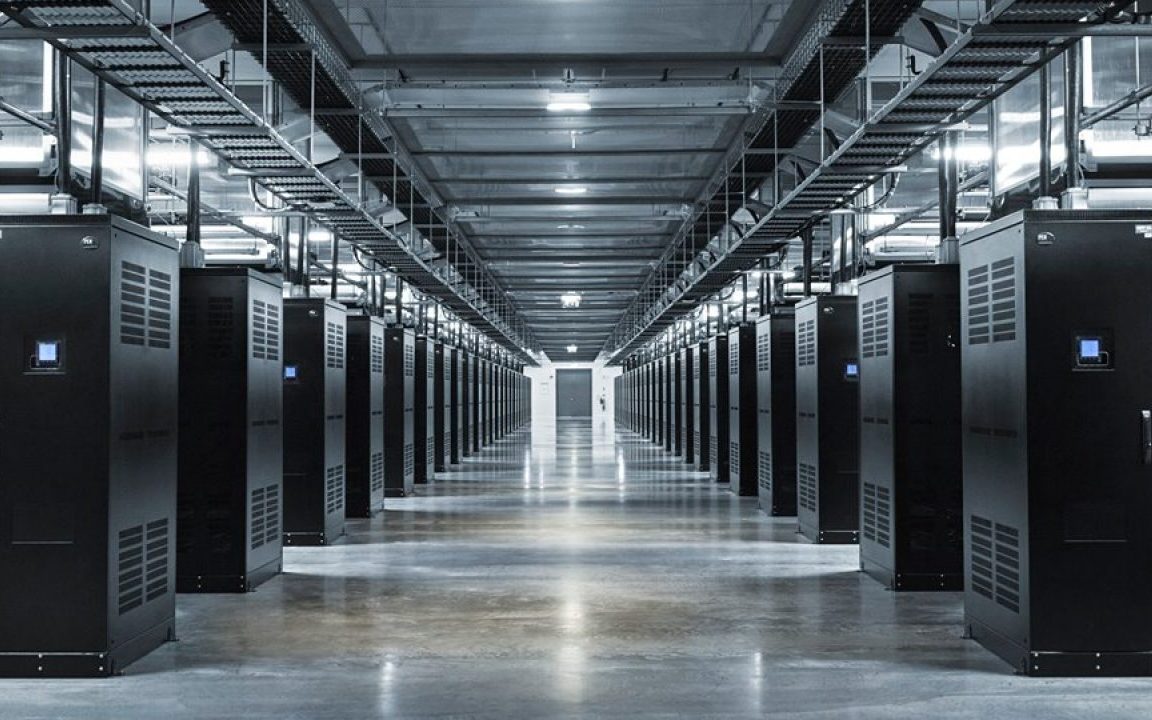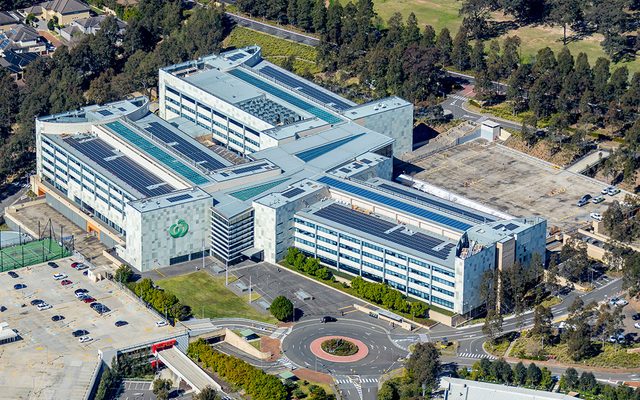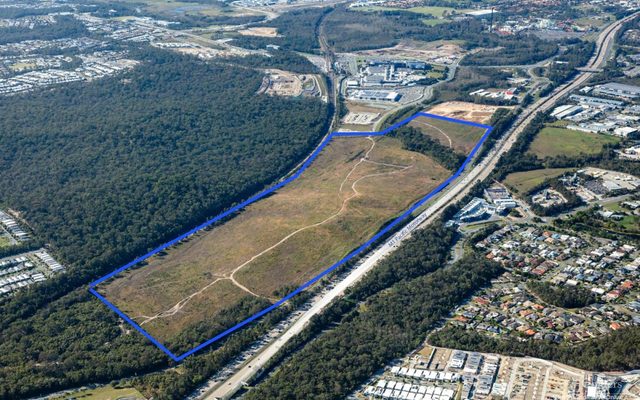This article is from the Australian Property Journal archive
INDUSTRIAL player Goodman Group recorded a 17% increase in operating profit as it benefited from ongoing rental uplifts and development earnings from its well-located warehouses and logistics facilities, and the industrial real estate behemoth is expecting further earnings growth in the coming year, while it continues to grow its focus on data storage and AI.
Operating profit came in at $1.783 billion, while operating earnings per security increased 16% to 94c, ahead of recent guidance.
The group is forecasting operating earnings per security growth of 9% in FY24 to 102.9c.
Statutory profit came down from $3.414 billion to $1.56 billion.
Distribution per security was steady at 30.0c, and is expected to remain so in FY24.
Goodman Group’s assets under management grew 11% to $81.0 billion, while it netted $800 million of revaluation gains across the group and its partnerships, in contrast to many other listed peers that are seeing asset writedowns amid higher interest rates.
Portfolio occupancy remained high at 99% and like-for-like net property income growth is 4.7%. It said the reversion of current passing rents to those achievable in the market over the coming years is on average 25% – ranging from 1% in Asia to 17% in Europe and the United Kingdom, 37% in Australia and New Zealand, and 66% in the United States – which it expects will support growth in cash flows and property valuations over the next few years.
Property investment earnings were up 7%.
“Goodman Group has continued to perform strongly in FY23 with the quality and location of our sites underpinning rental growth, property values and development activity,” said group CEO, Greg Goodman.
“Despite the macro uncertainty, structural drivers remain sound, driven by the digital economy, the need for more efficient and sustainable assets, and limited supply in our markets.”
He said the locations are also providing value-add opportunities amid increased competition for industrial sites from other uses such as data centres and potential residential rezoning.
“Significant growth in data storage and AI in particular, is driving data centre demand which is now approximately 30% of our $13 billion development workbook, and importantly we have a pipeline of over 3GW which has significant value over time.”
Goodman Group leased 2.5 million sqm over the 12 months, equating to $352 million of annual rental property income. Its weighted average lease expiry increased from 5.2 to 5.5 years.
Goodman Group’s development earnings were up 35%, to more than $1.3 billion, with the most significant contributions coming from Australia, Continental Europe and North America. Yields on cost remain at 6.6%.
“Our urban infill locations continue to be in demand, with 99% of our developments leased on completion. This is despite moderating demand for industrial space overall. The digital economy is driving customer requirements – with supply chain optimisation, productivity, and increasing data storage and computer processing power competing for industrial space in our locations,” it said.
Goodman Group’s gearing came down slightly to 8.3%, with look-through gearing at 20.8%.
The group has available liquidity of $3.1 billion.
Net tangible assets lifted 9% over the year to $9.12 per security.
Matthew Moore, senior vice president, Moody’s Investors Service said Goodman Group’s strong results were better than our previous expectations, supported by higher development earnings, strong rental growth and lower-than-expected debt.
“We expect earnings from all segments to continue to benefit from still-solid underlying demand for Goodman’s good industrial and logistics assets in key infill locations, supported by supply chain optimization and productivity needs, e-commerce trends and increasing data centre demand.
“The high quality and good location of Goodman’s assets, together with low supply in its main markets and potential high rent reversions, will continue to help grow rental rates and support the valuation of its portfolio despite our expectation for further cap rate expansion.”
He said Goodman Group’s credit metrics remain strong for its ratings, and this is expected to continue in the medium term, reflecting solid earnings growth, low gearing levels, strong liquidity and conservative financial policies.




